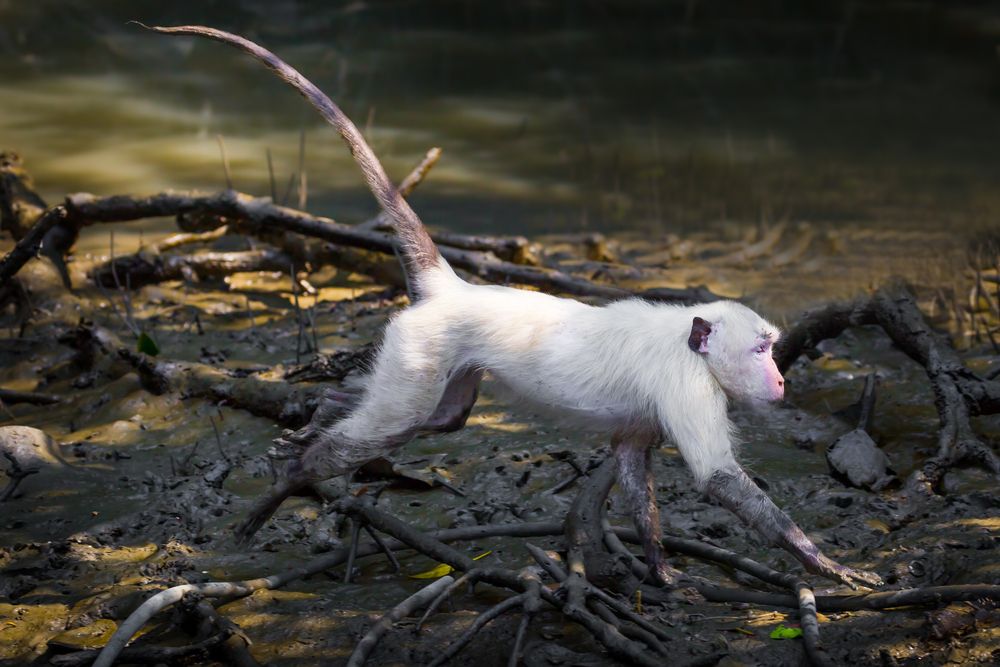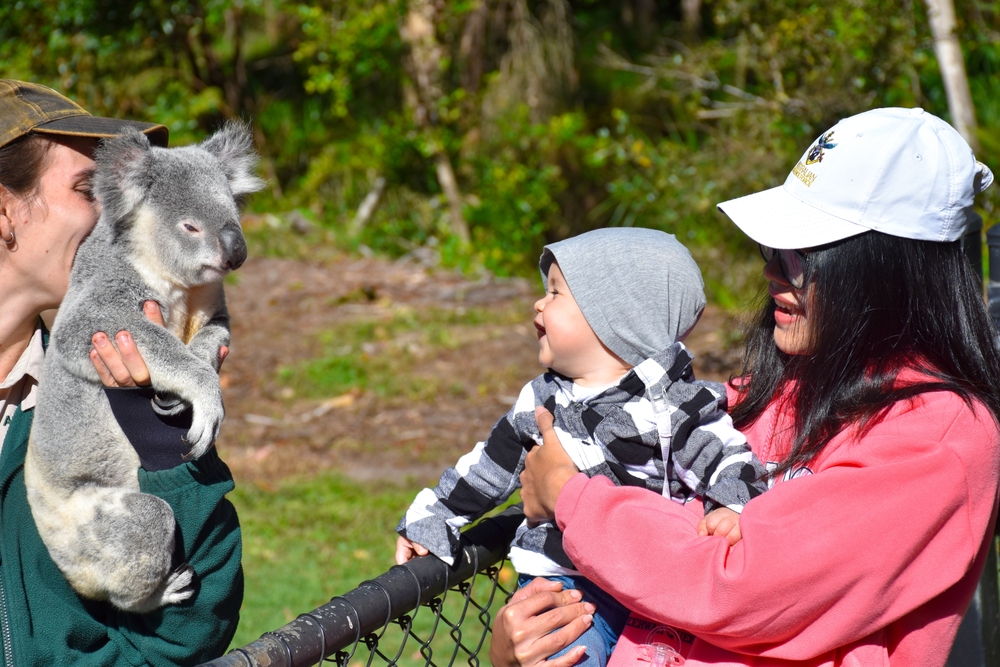Your cart is currently empty!
Rare White Iberian Lynx Captured on Camera for the First Time Stunning Wildlife Experts and Inspiring Global Interest

It is not every day that a creature once thought possible only in folklore reveals itself to the human eye. Yet in the quiet folds of southern Spain, a white Iberian lynx made an unexpected appearance, offering a glimpse of a natural world that still finds ways to surprise us. The sighting came from amateur photographer Ángel Hidalgo, who captured the animal in the mountains of Jaén and unintentionally opened a new chapter in wildlife observation.

For a species as vulnerable as the Iberian lynx, which only recently began recovering from near extinction, the presence of an individual with such an unusual genetic variation adds both scientific curiosity and renewed public interest. It highlights how nature continues to evolve in ways that researchers are still striving to understand, especially within populations that are slowly rebuilding. This encounter invites a closer look at the delicate balance between conservation progress and the mysteries that remain hidden in remote landscapes.
The Moment That Shocked the Wildlife Community
For months, Ángel Hidalgo moved quietly through the Mediterranean forest, building a routine that often felt more like meditation than fieldwork. As a 29 year old photographer who spends much of her time outdoors, she is familiar with long stretches of silence and uncertainty. Still, nothing in her experience prepared her for the encounter she would eventually share with the world. On Instagram, she described the animal that would change her year, calling it “The White Ghost of the Mediterranean Forest,” a name that captured both its beauty and its mystery. She posted two photographs alongside her reflection, writing, “In a new area where I began tracking a few months ago, while reviewing one of my trail cameras, I observed something I couldn’t believe… From then on, I dedicated all my available time to it; I had to see this marvel with my own eyes.”

Her search became a personal challenge, shaped by days that blended together and moments when she wondered whether the effort would ever lead anywhere meaningful. The forest offered clues on some days and absolute silence on others. Yet she stayed with the process, returning to the same paths in hopes that patience would eventually be rewarded. Those long weeks of uncertainty became part of the story she would later tell, a reminder of how nature often reveals itself only after it demands commitment.
Then came the morning that shifted everything. Hidalgo recalled waking to the quiet calm that follows a night of steady rain. The landscape felt familiar, yet something in the air made her slow down as she walked. It was then that she noticed a pale shape emerging in the distance. “One morning, after a night of rain, I was walking as I had done so many times before when suddenly, in the distance, I saw a white shape that seemed to radiate its own light.” What happened next stayed with her. “Upon seeing for the first time a ‘White Iberian Lynx,’ with its snow-white winter coat and those piercing eyes, I was paralyzed; I couldn’t believe what I was seeing.”
A Glimpse Into an Unexpected Genetic Twist
The Iberian lynx has long been a focus of European conservation, and its recovery from fewer than one hundred animals in the early 2000s to more than two thousand today remains a significant achievement. Even with this progress, the species is still considered vulnerable, which makes every unusual observation worth examining.
The recent appearance of a white Iberian lynx adds a rare genetic detail to that ongoing story. The animal shows signs of leucism, a condition caused by reduced pigmentation that produces a pale coat while preserving normal eye color. This is distinct from albinism and results from pigment cells that do not fully develop during early growth. Although leucism has been documented in a few wild mammals, it is exceptionally uncommon, especially within species whose populations only recently began to recover.

Researchers note that uncommon genetic traits occasionally emerge as populations grow and diversify. While one leucistic lynx does not indicate a broad trend, it does highlight the importance of continued monitoring. It also underscores how conservation work not only rebuilds numbers but reveals variations that might remain hidden in smaller or more fragile populations.
How Rare Sightings Shape Public Interest in Conservation
Encounters like the white Iberian lynx often influence how people connect with conservation in a way statistics alone cannot. When an unexpected image circulates online, curiosity expands beyond scientific circles and reaches people who may not typically follow wildlife issues. Researchers who study public engagement note that unusual wildlife moments can help bridge that gap by making complex conservation topics more approachable. They also observe that these rare events create opportunities to highlight ongoing challenges such as habitat protection, species monitoring, and long term ecosystem stability.
Social scientists who examine environmental behavior point out that emotional responses play a significant role in how individuals perceive wildlife protection. Images of uncommon animals often spark feelings of awe or concern, which can encourage people to learn more about the work being done to support endangered species. In this way, a single sighting becomes more than a visual surprise. It becomes an entry point for conversations that might lead to increased awareness, support for conservation programs, or renewed interest in the natural world.

For organizations and educators, moments like this serve as reminders of how powerful storytelling can be when paired with scientific understanding. While conservation work depends on data and long term planning, it also relies on the public’s willingness to stay engaged. A rare sighting does not replace the need for continued research, but it can strengthen the connection between people and the ecosystems around them. When that connection grows, so does the possibility of protecting species that still face an uncertain future.
How Local Communities Respond to Unexpected Wildlife Encounters
In regions where the Iberian lynx has slowly returned after years of decline, residents have grown accustomed to the cautious optimism that comes with conservation success. Even so, an encounter involving an unusually colored lynx introduces a different kind of attention. Local communities often play a significant role in supporting conservation, and their response to uncommon wildlife sightings shapes how information spreads and how authorities manage sensitive areas.

People living near lynx recovery zones typically have firsthand experience with how these animals interact with the environment, from their movement patterns to the changes in rabbit populations they depend on. When a rare individual appears, residents are often the first to adjust their routines, whether that involves reporting sightings to environmental agencies or staying mindful of areas where lynxes may be active. These small shifts contribute to the broader effort to maintain a safe habitat for both humans and wildlife.
Community engagement also affects how conservation messages reach the public. When locals share their experiences, it adds a level of authenticity that formal reports cannot always replicate. Their observations help reinforce the idea that conservation is not limited to researchers and protected areas but is shaped by the people who live closest to the land. In this way, the appearance of a single rare lynx becomes part of a larger story about coexistence, responsibility, and the everyday decisions that support species recovery.
What This Rare Encounter Leaves Us With
The appearance of a white Iberian lynx is more than a striking moment captured on camera. It is a reminder of how much remains unseen in the natural world and how quickly a single encounter can reshape our understanding of a species still finding its footing. While researchers continue to study what this genetic variation represents, the sighting itself stands as evidence that recovery is not a linear process but a gradual return of complexity to ecosystems that once faced collapse.
For many who follow conservation efforts, this lynx serves as a symbol of why long term environmental work matters. Its presence underscores the value of patience, scientific persistence, and community involvement, all of which contribute to the survival of species that were once considered lost. The story encourages a more thoughtful relationship with wildlife, one that recognizes the importance of protection while remaining open to the unexpected ways nature continues to evolve.

As interest in this rare animal spreads, it offers an opportunity to pause and reflect on our own place in the broader landscape. Encounters like this remind us that conservation is not just about preventing extinction but about creating the conditions in which life can reveal itself in forms we never thought possible.
Featured Image from @angeliyo_o on Instagram
